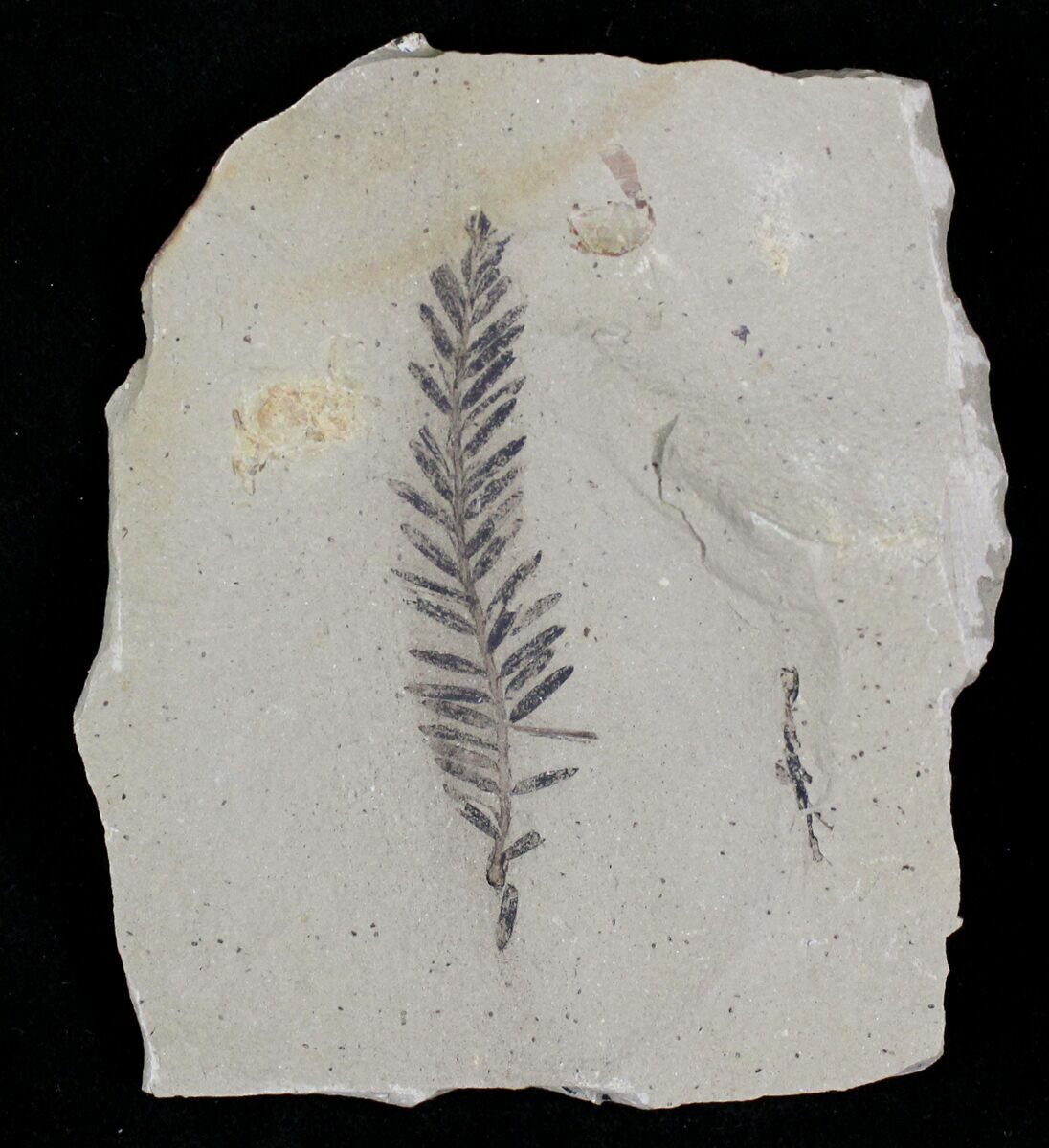

The root system of the dawn redwood is extensive and can be used to stabilize stream banks. The summer foliage is delicate green and then turns orange or brown in autumn before falling off. In winter its reddish, buttressed trunk is striking. It is grown for its conical form, interesting orangish brown bark, and soft, bright green leaves. glyptostroboides was discovered in the wild in China in 1941, and it is the only species in this genus. This native of China's eastern Szechuan and NW Hupeh is famous for being the only non-extinct deciduous redwood, as well as for being an excellent ornamental conifer wherever room allows-it grows 200 feet (61 meters) tall and has a thick trunk. The Metasequoia genus has been preserved in fossils as old as 50 million years. This example probably dates from 1948 when the Arnold Arboretum of Harvard University sent an expedition to collect seeds and distribute them to universities and arboreta worldwide for growth trials. Then in 1944 a stand of previously unidentified trees was found in China and was discovered to be M. The genus Metasequoia was first discovered from a fossil in 1941. Dawn Redwood (Metasequoia glyptostroboides)Įast of the Guggenheim annex there is a Dawn Redwood, another living fossil like the ginko and the monkey puzzle tree. My daughter found the fleshy branch-tips made a delectable meal for her pet bunny. Tolerant of lawn watering and resistant to oak root fungus.

A stunning specimen tree in containers, it can also be planted beside, or in, shallow standing water. Trees suffer from winter wind damage in cold, dry areas, and require protection from salt winds that cause foliage burn and from hot, reflected light in enclosed areas. The leaves are arranged oppositely, in pairs on short branchlets, and turn a rich, coppery-bronze in autumn, then fall usually after the first hard rain of the season to expose the outstretched naked limbs and russet-colored trunk. Strongly reminiscent of California’s coast redwood when leafed-out, the dawn redwood has smaller cones and bright, apple green leaves that are soft and flexible to the touch. In 1980 the largest trees were placed under protection by the Chinese government, but long-term survival remains uncertain due to habitat encroachment. In 1948, this tree, still healthy and holding seed-filled cones, was estimated to be 450 years old. Local villagers believed the tree to be the home of God. Some of the oldest dawn redwoods now growing in the United States grew from seed that originated in Modaoqi, where three Metasequoias stood, one of them one hundred feet tall and over six feet in diameter. The tree was named Metasequoia glyptostroboides. (Meta comes from the Greek and means with or after.) During that same year an unusual conifer was discovered in the remote village of Modaoqi, China and was later found to be identical to the newly named fossil genus. Believing it to be extinct, he named the genus Metasequoia. He noted several differences among the specimens that were sufficiently distinct to represent a new, previously unnamed fossil genus. In 1941 Japanese paleobotanist Shigeru Miki found something exciting during his studies of the fossil specimens of Sequoia. Known as a living fossil, this fast-growing deciduous conifer has an unusual story of discovery.


 0 kommentar(er)
0 kommentar(er)
